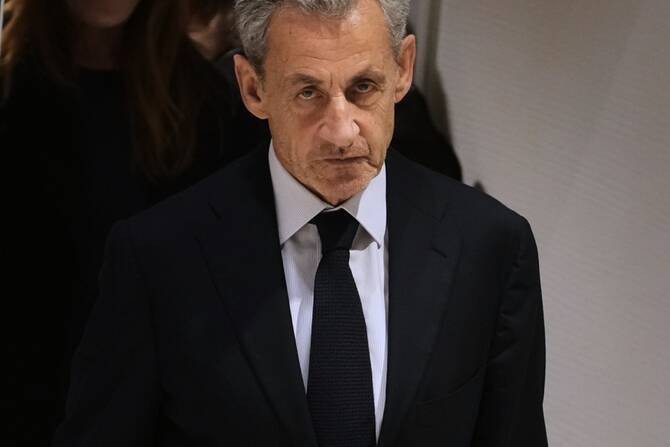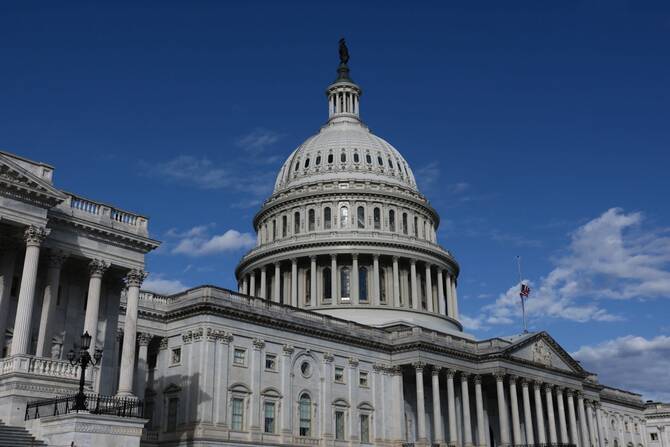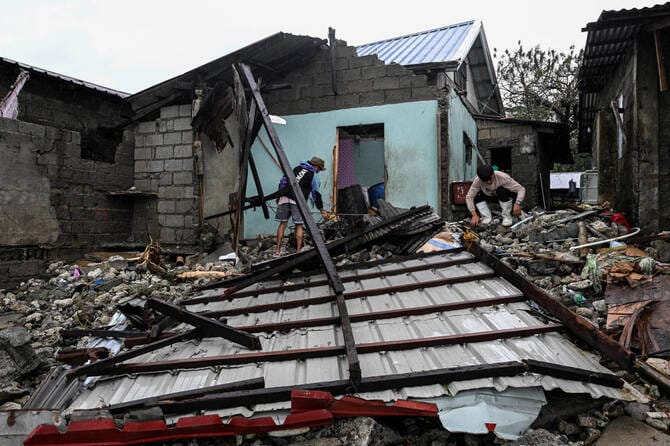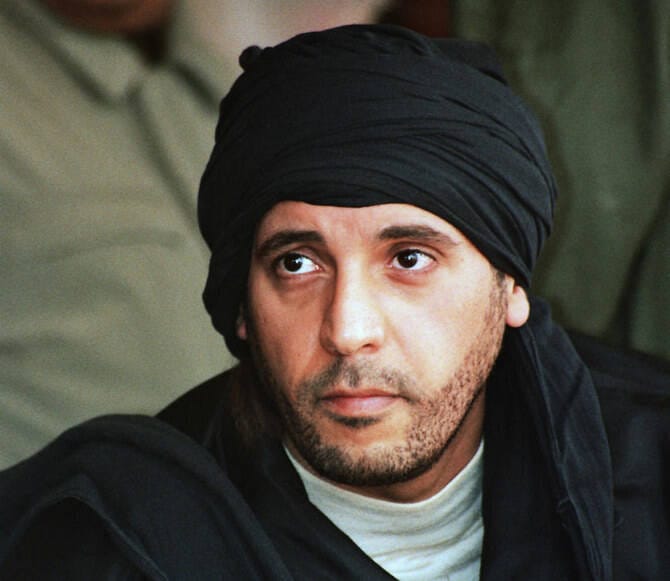Togo tight-lipped as Burkina militants infiltrate north
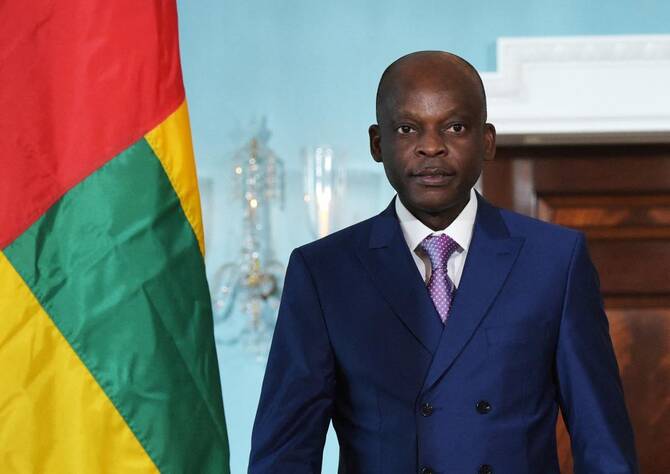
Militants from Burkina Faso have stepped up their assaults on northern Togo since the beginning of the year, with the Togolese government tight-lipped on their covert infiltration.
Keen not to sap the morale of the Togolese soldiers fighting the incursion, the small west African nation’s authorities have offered little in the way of official comment or figures on violence by militants, who have gained ground since their first deadly attack in the country in 2022.
In a rare admission, Togolese Foreign Minister Robert Dussey recently said Islamist fighters had killed at least 62 people since January — more than double the deaths the government recorded in the whole of 2023.
Those losses reflect a surge in militants unrest in Togo’s north, at a time when armed fighters linked to Al-Qaeda or the Daesh group are gaining ground across the wider west African region.
For Togolese political scientist and essayist Madi Djabakate, the lack of coverage in the Togolese press stems from the government’s “policy of informational lockdown.”
Togo’s High Authority for Broadcasting and Communication (HAAC) has “expressly forbidden journalists from mentioning the attacks or human or material losses, so as not to demoralize the troops engaged on the ground,” he told AFP.
Like neighboring Benin, Togo is confronted with an overspill of violence from eastern Burkina Faso, where militants run rampant.
In 2024, Burkina Faso saw the most deaths of any country in the world from “terrorism” for the second year running, with 1,532 victims out of a worldwide total of 7,555, according to the Global Terrorism Index.
Located near the Togolese border, the Burkinabe province of Kompienga is home to a powerful branch of the Al-Qaeda-linked Group for the Support of Islam and Muslims, known by its Arabic acronym, JNIM.
Just over the frontier, Kpendjal prefecture is the Togolese region worst-hit by militant attacks, which west African security specialist Mathias Khalfaoui said was a result of the porous border.
Yet in the past year the violence has spread beyond the borderlands.
In a study for the Konrad Adenauer Foundation, a think tank associated with Germany’s conservative CDU party, Khalfaoui said the militant advance could easily go under the radar “because of its slow and methodical nature.”
“Until 2023, the danger was still concentrated in the territories directly bordering Burkina Faso,” the analyst said.
Since May 2024, he said, the miliants have extended their influence further south, toward the nearby prefectures of Oti and South Oti.
Khalfaoui said the expansion of the militants’ scope in Togo was “becoming clear.”
“We have to go back to December 2022 to find a month when, to our knowledge, there was no attack,” Khalfaoui said in his study.
But tackling the issue is a challenge given the dire economic situation of Togo’s north, the poorest and least developed part of an already impoverished nation, Khalfaoui added.
Djabakate, the Togolese political scientist, agreed, arguing that the country’s current approach was “essentially military and repressive.”
“The affected prefectures, notably Kpendjal and West Kpendjal, suffer from a structural absence of the state,” Djabakate said.
“Civil servants posted to these areas perceive their assignment as a punishment, given the harsh living conditions and the absence of public services,” he added.
Togo has deployed around 8,000 soldiers to the affected region, while the defense budget ballooned from 8.7 percent of GDP in 2017 to 17.5 percent in 2022, according to Foreign Minister Dussey.
The government has also attempted to improve living conditions for Togolese in the north, through an emergency aid program launched in 2023.
But the situation is unlikely to improve without better coordination on tackling militancy between countries in a divided west Africa, according to analysts in the region.


